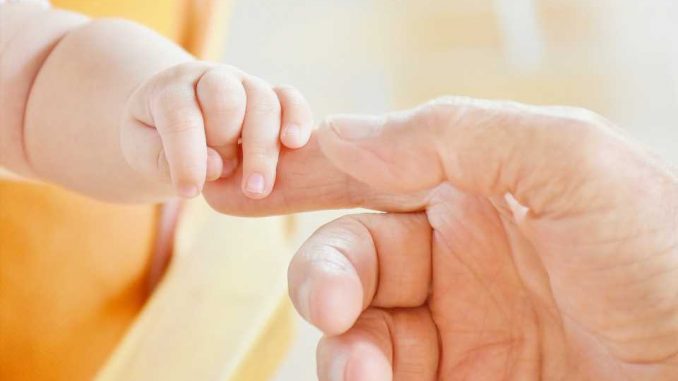

A new study in JAMA co-authored by a University of Rochester Medical Center (URMC) researcher has found that the survival rates of extremely pre-term babies has increased significantly in the past decade.
The paper, “Mortality, In-Hospital Morbidity, Care Practices, and 2-Year Outcomes for Extremely Preterm Infants in the US, 2013-2018,” examined the survival outcomes of 10,877 infants born at 22-28 weeks’ gestational age between January 1, 2013, and December 31, 2018, at 19 academic medical centers that form the NIH-funded Neonatal Research Network.
Survival among actively treated infants was 30.0% (60/200) at 22 weeks and 55.8% (535/958) at 23 weeks. This is a considerably higher rate of survival than when the study when previously conducted between 2008-2012, in which survival to discharge was 7% (22/334) for live-born infants at 22 weeks and 32% (252/779) for live-born infants at 23 weeks.
This improvement in outcomes for extremely pre-term infants can be attributed to multiple factors, including enhanced treatment protocols across participating medical centers, according to Carl D’Angio, M.D., co-author and Chief of the Division of Neonatology at URMC.
“Academic medical centers have been taking best-practices, applying them, and disseminating them to a wider and wider group nationally,” said D’Angio.
Collective improvement in care in a variety of areas has contributed to the change in outcomes, according to D’Angio. “When we look at survival at almost any group of infants, it’s a bundle of factors. There are similarities and differences in the way they’re treated at various centers, but there are elements where we’ve collectively moved forward, such as ventilation, nutrition and hydration.”
When infants are born at 22 or 23 weeks, nearly every organ is immature, with the lungs and the brain being among the systems most at risk, according to D’Angio.
In addition to studying survival outcomes, the paper assessed the health of severely pre-term infants after two years, including effects such as neurodevelopment, cerebral palsy, vision, hearing, rehospitalizations, and need for assistive devices. Slightly more than 8% had moderate to severe cerebral palsy, 1.5% had vision loss in both eyes, 2.5% needed hearing aids or cochlear implants, and 15% required mobility aids such as orthotics, braces, walkers, or wheelchairs.
Nearly 49% had no or only mild neurodevelopmental impairment, about 29% had moderate neurodevelopmental impairment and roughly 21% had severe neurodevelopmental impairment.
This study—and overall improvement in outcomes—can help clinicians provide clear information in discussions with families when babies are born extremely pre-term.
Source: Read Full Article